LPI Radar Signal Recognition Based on Feature Enhancement with Deep Metric Learning
Abstract
:1. Introduction
- We propose a novel method for LPI radar signal recognition based on feature enhancement and deep metric learning. It can effectively improve the recognition performance of LPI radar signals under low SNR conditions by optimizing the feature distinctiveness in the feature space.
- In the feature enhancement network, we design an attentional dynamic feature extraction block to capture fine-grained features of TFIs under low SNR conditions. It tackles the challenge of extracting complex TFI features while dealing with low feature distinctiveness affected by noise interference by introducing deep metric learning.
- We conduct an extensive experimental study to demonstrate the superiority of the proposed method compared to other state-of-the-art methods under low SNR conditions.
2. The Proposed Method
2.1. Pre-Processing Module
2.2. Feature Enhancement Network
2.2.1. Attention-Based Dynamic Feature Extraction Block
2.2.2. Metric Learning with Triplet Loss
2.3. Classification Network
3. Experiments
3.1. Experimental Settings and Baselines
3.2. Performance Comparison
3.3. Computational Cost
3.4. Ablation Experiment
3.4.1. Effect of Feature Enhancement Network
3.4.2. Effect of ADFE Blocks
3.4.3. Effect of Metric Learning
3.5. Robustness Experiment
4. Conclusions
Author Contributions
Funding
Data Availability Statement
Acknowledgments
Conflicts of Interest
References
- Schleher, D. LPI radar: Fact or fiction. IEEE Aerosp. Electron. Syst. Mag. 2006, 21, 3–6. [Google Scholar] [CrossRef]
- Galati, G.; Pavan, G.; Wasserzier, C. Signal design and processing for noise radar. EURASIP J. Adv. Signal Process. 2022, 2022, 52. [Google Scholar] [CrossRef]
- Galati, G.; Pavan, G. Noise Radar Technology and Quantum Radar: Yesterday, Today and Tomorrow. In Proceedings of the 2022 IEEE 2nd Ukrainian Microwave Week (UkrMW), Kharkiv, Ukraine, 14–18 November 2022; pp. 504–511. [Google Scholar]
- Dunde, V.; Nallapati, S.; Thakkallapally, S.R.; Chetla, B.P.; Kethireddy, S.P. Design and Analysis of LPI Radar Waveforms. In Proceedings of the 2022 International Conference on Recent Trends in Microelectronics, Automation, Computing and Communications Systems (ICMACC), Hyderabad, India, 28–30 December 2022; pp. 1–6. [Google Scholar]
- Savci, K.; Stove, A.G.; De Palo, F.; Erdogan, A.Y.; Galati, G.; Lukin, K.A.; Lukin, S.; Marques, P.; Pavan, G.; Wasserzier, C. Noise radar—Overview and recent developments. IEEE Aerosp. Electron. Syst. Mag. 2020, 35, 8–20. [Google Scholar] [CrossRef]
- Jia, J.; Han, Z.; Liu, L. Review on Low Intercept Radar Signal Design Technology. In Proceedings of the 2022 IEEE 4th International Conference on Power, Intelligent Computing and Systems (ICPICS), Shenyang, China, 29–31 July 2022; pp. 434–437. [Google Scholar]
- Ou, J.; Zhang, J.; Zhan, R. Processing technology based on radar signal design and classification. Int. J. Aerosp. Eng. 2020, 2020, 4673763. [Google Scholar] [CrossRef]
- Meng, F.; Chen, P.; Wu, L.; Wang, X. Automatic modulation classification: A deep learning enabled approach. IEEE Trans. Veh. Technol. 2018, 67, 10760–10772. [Google Scholar] [CrossRef]
- Wang, S.Q.; Zhou, G.A.; Song, B.J.; Gao, C.Y.; Wan, P.F. Research on radar emitter signal feature extraction method based on fuzzy entropy. Procedia Comput. Sci. 2019, 154, 508–513. [Google Scholar] [CrossRef]
- Mingqiu, R.; Jinyan, C.; Yuanqing, Z.; Jun, H. Radar signal feature extraction based on wavelet ridge and high order spectral analysis. In Proceedings of the 2009 IET International Radar Conference, Guilin, China, 20–22 April 2009. [Google Scholar]
- Travassos, X.L.; Avila, S.L.; Ida, N. Artificial neural networks and machine learning techniques applied to ground penetrating radar: A review. Appl. Comput. Inform. 2020, 17, 296–308. [Google Scholar] [CrossRef]
- Kotsiantis, S.B. Decision trees: A recent overview. Artif. Intell. Rev. 2013, 39, 261–283. [Google Scholar] [CrossRef]
- Bansal, M.; Goyal, A.; Choudhary, A. A comparative analysis of K-nearest neighbor, genetic, support vector machine, decision tree, and long short term memory algorithms in machine learning. Decis. Anal. J. 2022, 3, 100071. [Google Scholar] [CrossRef]
- Cervantes, J.; Garcia-Lamont, F.; Rodríguez-Mazahua, L.; Lopez, A. A comprehensive survey on support vector machine classification: Applications, challenges and trends. Neurocomputing 2020, 408, 189–215. [Google Scholar] [CrossRef]
- Pisner, D.A.; Schnyer, D.M. Support vector machine. In Machine Learning; Elsevier: Amsterdam, The Netherlands, 2020; pp. 101–121. [Google Scholar]
- Zhu, J.; Zhao, Y.; Tang, J. Automatic recognition of radar signals based on time-frequency image character. In Proceedings of the 2013 IET International Radar Conference, Xi’an, China, 14–16 April 2013; pp. 1–6. [Google Scholar]
- Zhang, Z.; Li, Y.; Jin, S.; Zhang, Z.; Wang, H.; Qi, L.; Zhou, R. Modulation signal recognition based on information entropy and ensemble learning. Entropy 2018, 20, 198. [Google Scholar] [CrossRef] [PubMed]
- Huang, Y.; Jin, W.; Li, B.; Ge, P.; Wu, Y. Automatic modulation recognition of radar signals based on manhattan distance-based features. IEEE Access 2019, 7, 41193–41204. [Google Scholar] [CrossRef]
- Abdelmutalab, A.; Assaleh, K.; El-Tarhuni, M. Automatic modulation classification based on high order cumulants and hierarchical polynomial classifiers. Phys. Commun. 2016, 21, 10–18. [Google Scholar] [CrossRef]
- Li, L.; Dong, Z.; Zhu, Z.; Jiang, Q. Deep-learning hopping capture model for automatic modulation classification of wireless communication signals. IEEE Trans. Aerosp. Electron. Syst. 2022, 59, 772–783. [Google Scholar] [CrossRef]
- Li, L.; Zhu, Y.; Zhu, Z. Automatic Modulation Classification Using ResNeXt-GRU with Deep Feature Fusion. IEEE Trans. Instrum. Meas. 2023, 72, 2519710. [Google Scholar] [CrossRef]
- Xiao, W.; Luo, Z.; Hu, Q. A Review of Research on Signal Modulation Recognition Based on Deep Learning. Electronics 2022, 11, 2764. [Google Scholar] [CrossRef]
- Ren, B.; Teh, K.C.; An, H.; Gunawan, E. Automatic Modulation Recognition of Dual-Component Radar Signals Using ResSwinT-SwinT Network. IEEE Trans. Aerosp. Electron. Syst. 2023, 59, 6405–6418. [Google Scholar] [CrossRef]
- Zhang, M.; Diao, M.; Guo, L. Convolutional Neural Networks for Automatic Cognitive Radio Waveform Recognition. IEEE Access 2017, 5, 11074–11082. [Google Scholar] [CrossRef]
- Wan, J.; Yu, X.; Guo, Q. LPI radar waveform recognition based on CNN and TPOT. Symmetry 2019, 11, 725. [Google Scholar] [CrossRef]
- Kong, S.H.; Kim, M.; Hoang, L.M.; Kim, E. Automatic LPI radar waveform recognition using CNN. IEEE Access 2018, 6, 4207–4219. [Google Scholar] [CrossRef]
- Huynh-The, T.; Doan, V.S.; Hua, C.H.; Pham, Q.V.; Nguyen, T.V.; Kim, D.S. Accurate LPI Radar Waveform Recognition with CWD-TFA for Deep Convolutional Network. IEEE Wirel. Commun. Lett. 2021, 10, 1638–1642. [Google Scholar] [CrossRef]
- Qu, Z.; Wang, W.; Hou, C.; Hou, C. Radar signal intra-pulse modulation recognition based on convolutional denoising autoencoder and deep convolutional neural network. IEEE Access 2019, 7, 112339–112347. [Google Scholar] [CrossRef]
- Jiang, W.; Li, Y.; Liao, M.; Wang, S. An improved LPI radar waveform recognition framework with LDC-Unet and SSR-Loss. IEEE Signal Process. Lett. 2021, 29, 149–153. [Google Scholar] [CrossRef]
- Wu, H.; Qu, Y.; Lin, S.; Zhou, J.; Qiao, R.; Zhang, Z.; Xie, Y.; Ma, L. Contrastive learning for compact single image dehazing. In Proceedings of the IEEE/CVF Conference on Computer Vision and Pattern Recognition, Nashville, TN, USA, 20–25 June 2021; pp. 10551–10560. [Google Scholar]
- Ghadimi, G.; Norouzi, Y.; Bayderkhani, R.; Nayebi, M.; Karbasi, S. Deep learning-based approach for low probability of intercept radar signal detection and classification. J. Commun. Technol. Electron. 2020, 65, 1179–1191. [Google Scholar] [CrossRef]
- Choi, H.I.; Williams, W.J. Improved time-frequency representation of multicomponent signals using exponential kernels. IEEE Trans. Acoust. Speech Signal Process. 1989, 37, 862–871. [Google Scholar] [CrossRef]
- Si, W.; Wan, C.; Deng, Z. Intra-pulse modulation recognition of dual-component radar signals based on deep convolutional neural network. IEEE Commun. Lett. 2021, 25, 3305–3309. [Google Scholar] [CrossRef]
- Dai, G.; Xie, J.; Fang, Y. Deep correlated holistic metric learning for sketch-based 3D shape retrieval. IEEE Trans. Image Process. 2018, 27, 3374–3386. [Google Scholar] [CrossRef]
- Li, Z.; Tang, J. Weakly supervised deep metric learning for community-contributed image retrieval. IEEE Trans. Multimed. 2015, 17, 1989–1999. [Google Scholar] [CrossRef]
- Harwood, B.; Kumar BG, V.; Carneiro, G.; Reid, I.; Drummond, T. Smart mining for deep metric learning. In Proceedings of the IEEE International Conference on Computer Vision, Venice, Italy, 22–29 October 2017; pp. 2821–2829. [Google Scholar]
- Martin-Donas, J.M.; Gomez, A.M.; Gonzalez, J.A.; Peinado, A.M. A deep learning loss function based on the perceptual evaluation of the speech quality. IEEE Signal Process. Lett. 2018, 25, 1680–1684. [Google Scholar] [CrossRef]
- Elezi, I.; Vascon, S.; Torcinovich, A.; Pelillo, M.; Leal-Taixé, L. The group loss for deep metric learning. In Proceedings of the 16th European Conference on Computer Vision (ECCV 2020), Glasgow, UK, 23–28 August 2020; Proceedings Part VII 16. pp. 277–294. [Google Scholar]
- Jiang, W.; Huang, K.; Geng, J.; Deng, X. Multi-scale metric learning for few-shot learning. IEEE Trans. Circuits Syst. Video Technol. 2020, 31, 1091–1102. [Google Scholar] [CrossRef]
- Zhe, X.; Chen, S.; Yan, H. Directional statistics-based deep metric learning for image classification and retrieval. Pattern Recognit. 2019, 93, 113–123. [Google Scholar] [CrossRef]
- Mohan, D.D.; Sankaran, N.; Fedorishin, D.; Setlur, S.; Govindaraju, V. Moving in the right direction: A regularization for deep metric learning. In Proceedings of the IEEE/CVF Conference on Computer Vision and Pattern Recognition, Seattle, WA, USA, 13–19 June 2020; pp. 14591–14599. [Google Scholar]
- Schroff, F.; Kalenichenko, D.; Philbin, J. Facenet: A unified embedding for face recognition and clustering. In Proceedings of the IEEE Conference on Computer Vision and Pattern Recognition, Boston, MA, USA, 7–12 June 2015; pp. 815–823. [Google Scholar]
- De Boer, P.T.; Kroese, D.P.; Mannor, S.; Rubinstein, R.Y. A tutorial on the cross-entropy method. Ann. Oper. Res. 2005, 134, 19–67. [Google Scholar] [CrossRef]
- He, K.; Zhang, X.; Ren, S.; Sun, J. Deep residual learning for image recognition. In Proceedings of the IEEE Conference on Computer Vision and Pattern Recognition, Las Vegas, NV, USA, 27–30 June 2016; pp. 770–778. [Google Scholar]

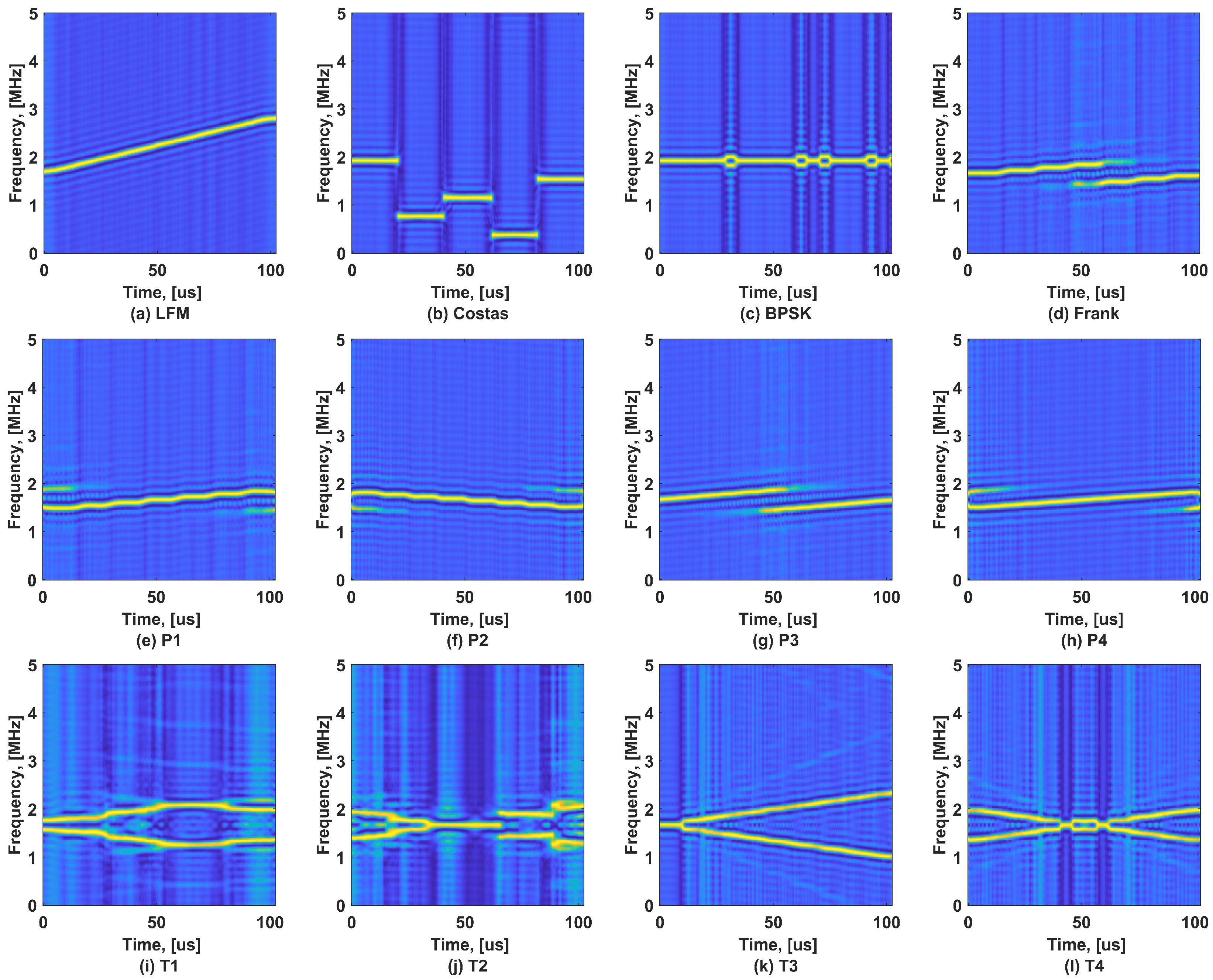

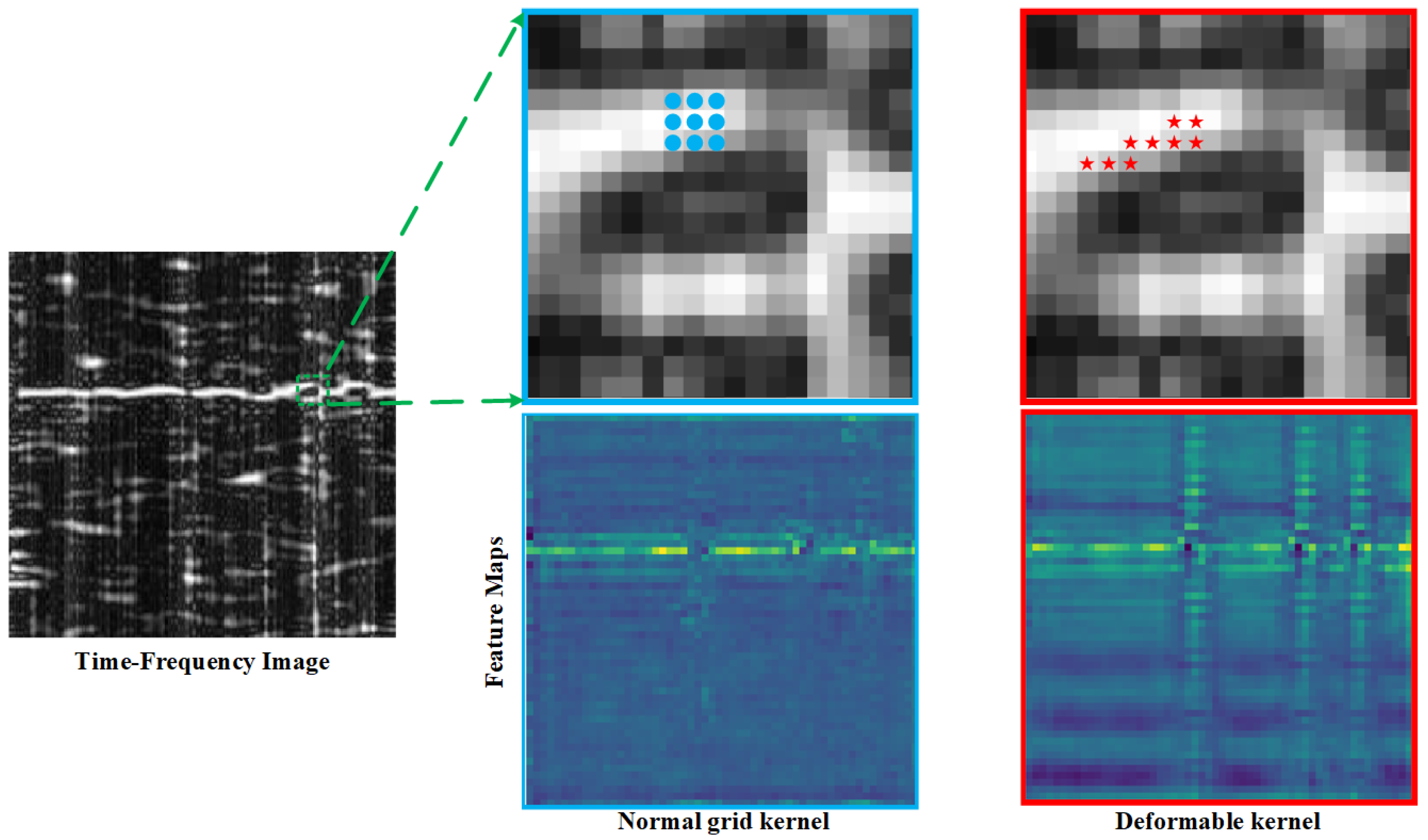
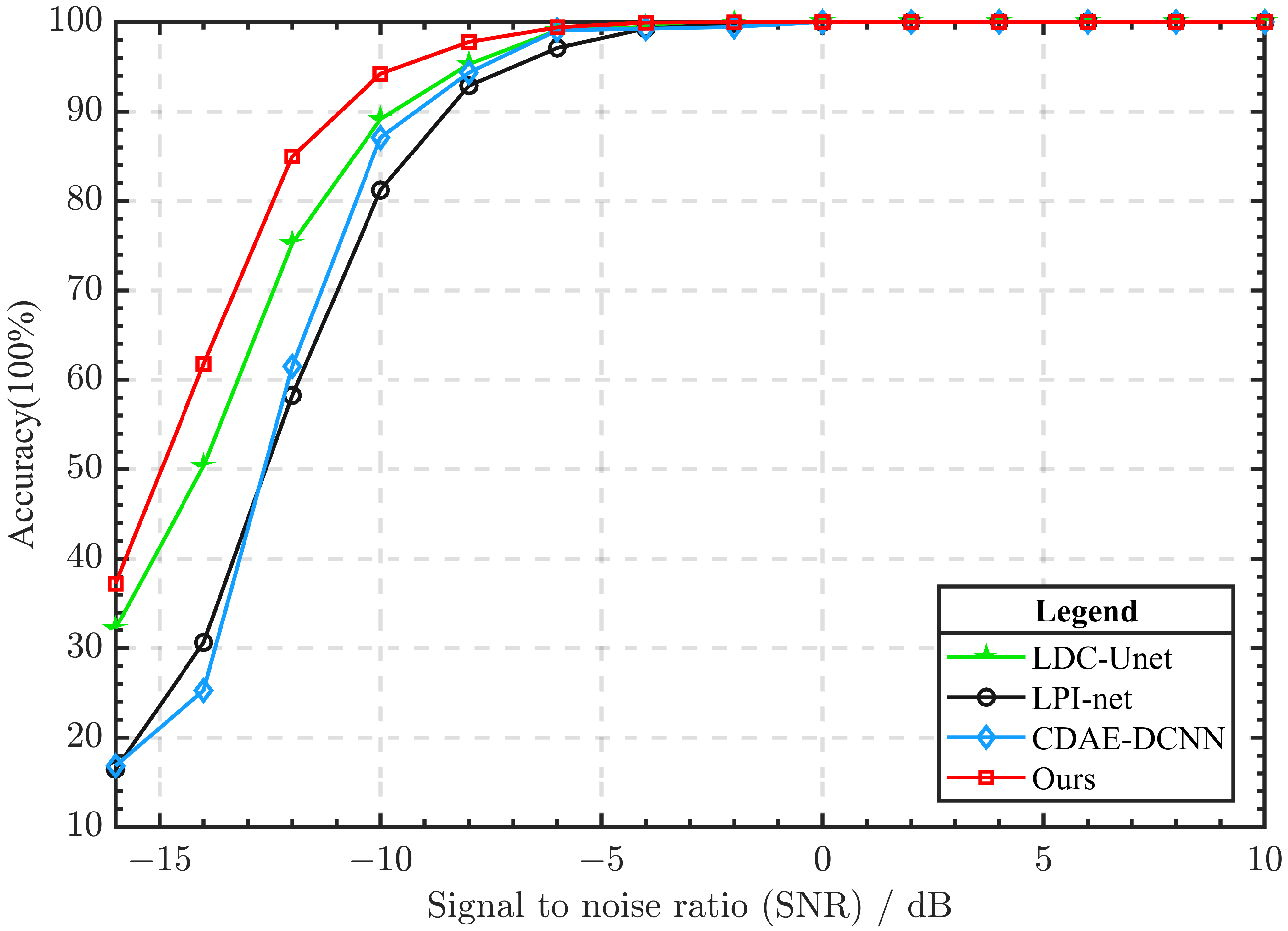
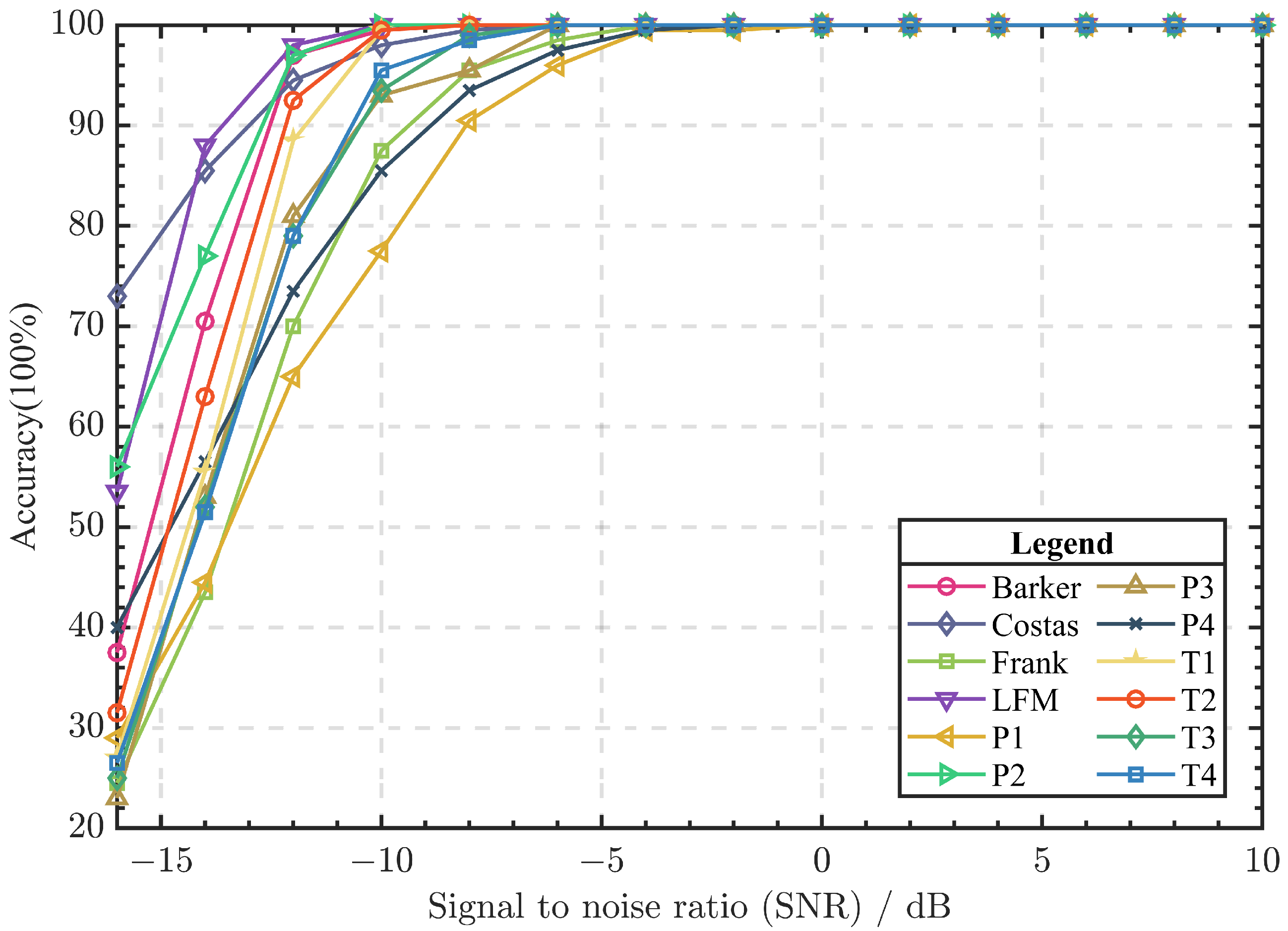

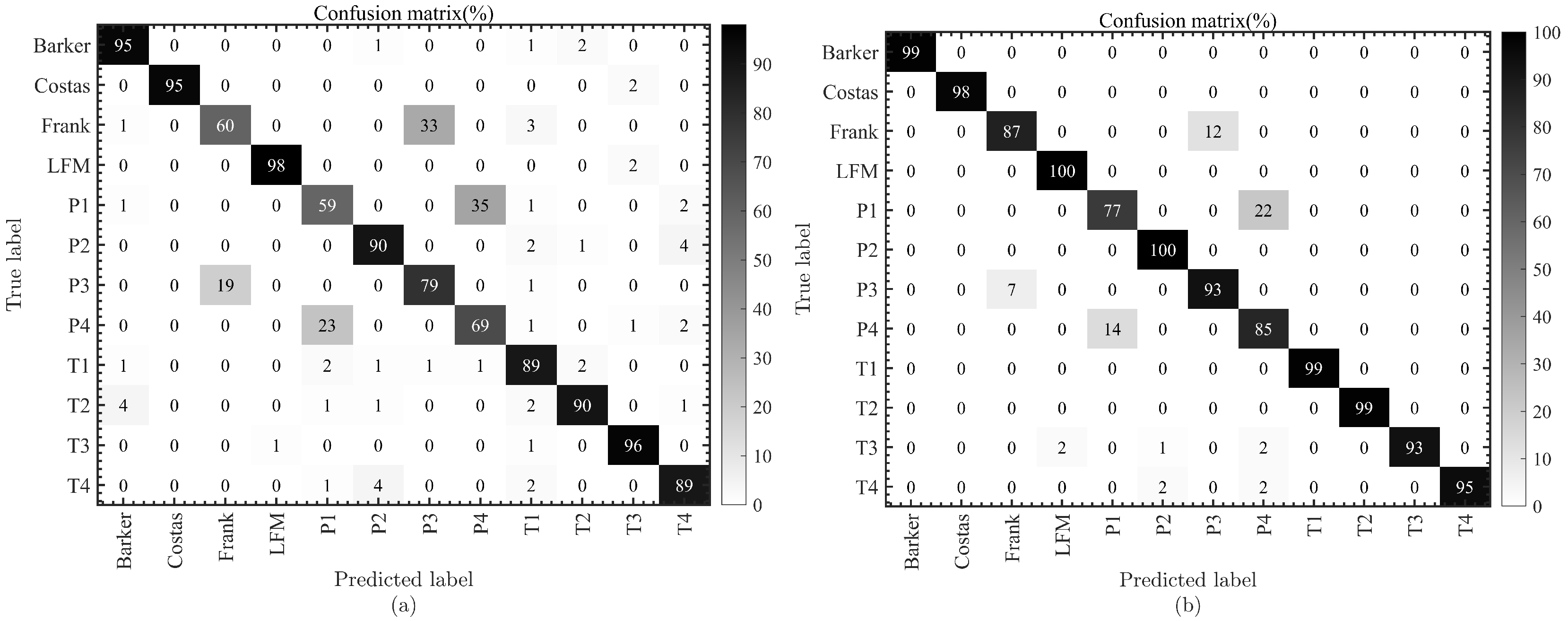

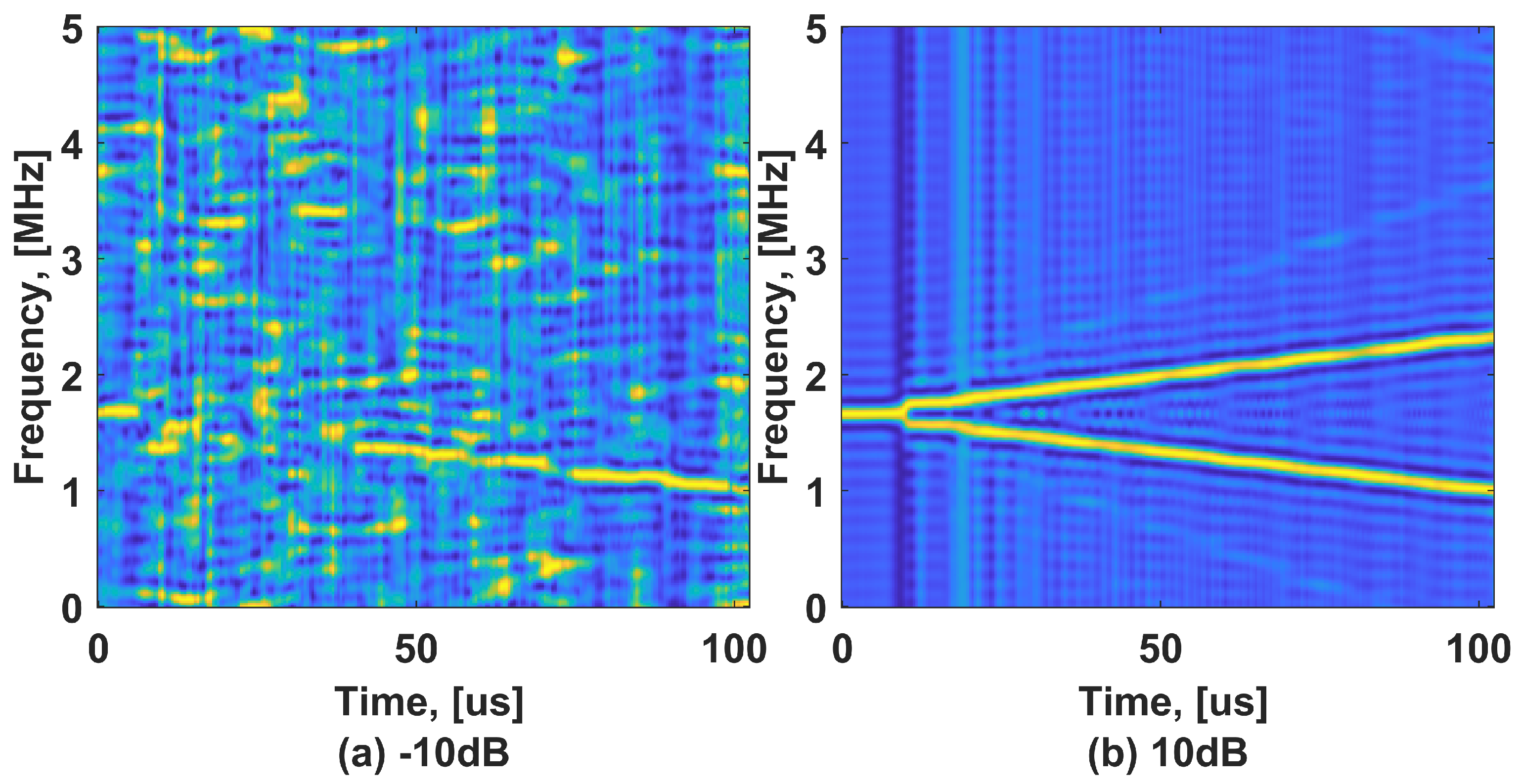
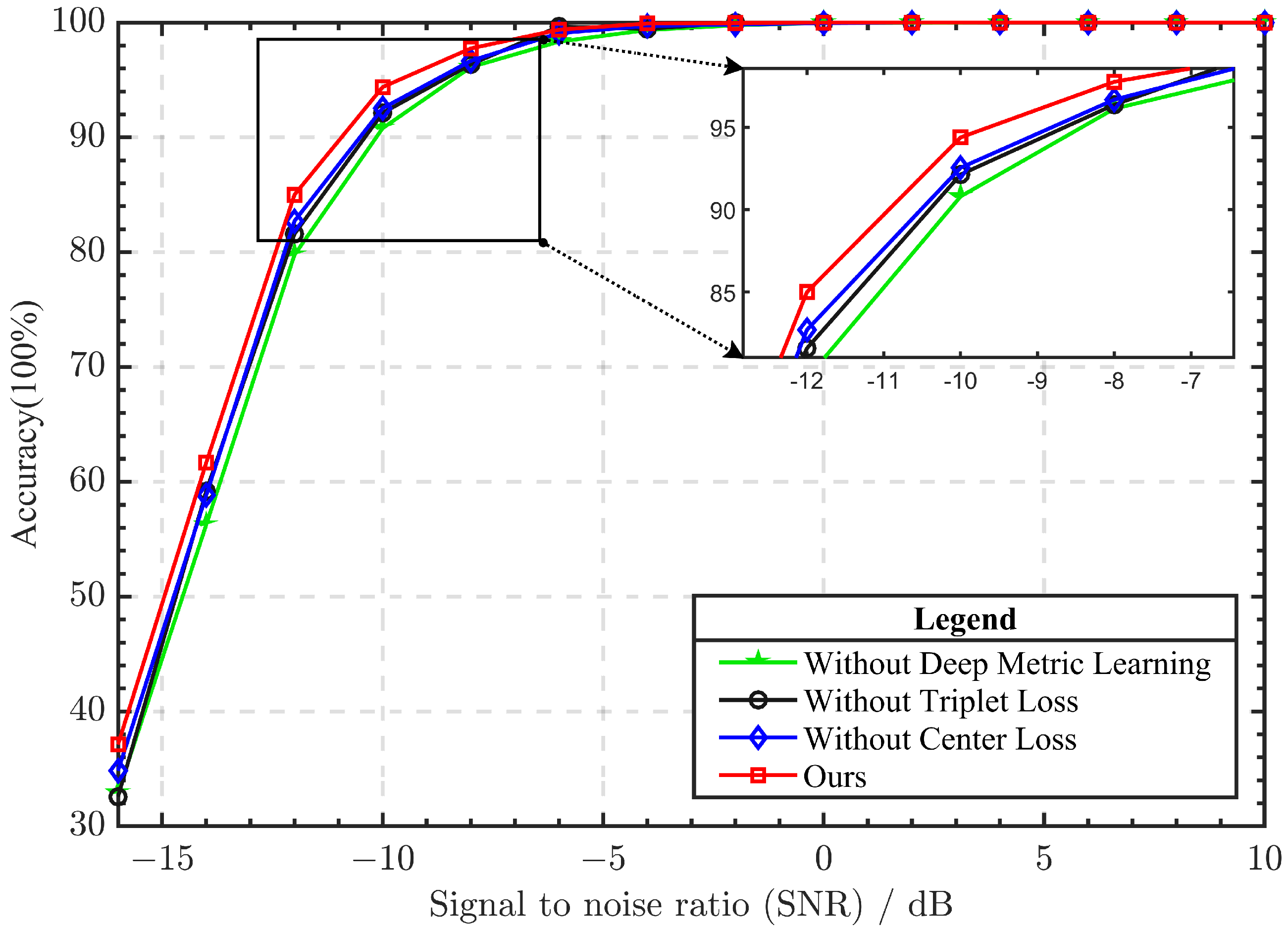

| Layer Name | Type | Output Size | Channel | Stride | Kernel Size |
|---|---|---|---|---|---|
| Encoder #1 | Conv2d Relu | 256 × 256 × 64 | 64 | 1 | 7 × 7 |
| Encoder #2 | Conv2d Relu | 128 × 128 × 128 | 128 | 2 × 2 | 3 × 3 |
| Encoder #3 | Conv2d Relu | 64 × 64 × 256 | 256 | 2 × 2 | 3 × 3 |
| ADFE Block #1–#6 | - | 64 × 64 × 256 | 256 | - | - |
| Decoder #1 | ConvTranspose2d Relu | 128 × 128 × 128 | 128 | 2 × 2 | 3 × 3 |
| Decoder #2 | ConvTranspose2d Relu | 256 × 256 × 64 | 64 | 2 × 2 | 3 × 3 |
| Decoder #3 | Conv2d Tanh | 256 × 256 × 1 | 1 | 1 | 7 × 7 |
| Layer Name | Type | Filter | Size |
|---|---|---|---|
| Conv2D #1–#2 | Conv2D | 64 | 3 × 3 |
| Relu | - | - | |
| Channel Attention #3 | Avgpool | - | - |
| Conv2D | 8 | 1 × 1 | |
| Relu | - | - | |
| Conv2D | 64 | 1 × 1 | |
| Sigmod | - | - | |
| Spatial Attention #4 | Conv2D | 8 | 1 × 1 |
| Relu | - | - | |
| Conv2D | 64 | 1 × 1 | |
| Sigmod | - | - | |
| Conv2D #5 | Conv2D | 64 | 3 × 3 |
| DCN Block #6 | deformable convolution | 64 | 3 × 3 |
| Conv2D #7 | Conv2D | 64 | 3 × 3 |
| Radar Waveform | Simulation Parameter | Ranges |
|---|---|---|
| Sampling frequency | 100 MHz | |
| LFM | Initial frequency | |
| Bandwidth B | ||
| BPSK | Code length | {7,11,13} |
| Center frequency | ||
| Costas | Fundamental frequency | |
| Hopping frequency | {3,4,5,6} | |
| Frank and P1–P4 | Carrier frequency | |
| Cycles per phase code | {3,4,5} | |
| T1–T4 | Number of segments k | {4,5,6} |
| Method | FLOPs [G] | Params [M] | Inference Time [ms] |
|---|---|---|---|
| LPI-Net | 1.409 | 0.232 | 83.172 |
| CDAE-DCNN | 1.803 | 0.768 | 120.662 |
| LDC-Unet | 21.348 | 9.85 | 273.405 |
| This Paper | 18.839 | 3.719 | 160.188 |
| Radar Signal | Parameter | Train Parameter | Test Parameter |
|---|---|---|---|
| LFM | B | ||
| BPSK | {7,11,13} | {11,13} | |
| Costas | {3,4,5,6} | {2,3,4,5} | |
| Frank, P1–P4 | {3,4,5} | {4,5,6} | |
| T1–T4 | k | {4,5,6} | {3,4,5} |
Disclaimer/Publisher’s Note: The statements, opinions and data contained in all publications are solely those of the individual author(s) and contributor(s) and not of MDPI and/or the editor(s). MDPI and/or the editor(s) disclaim responsibility for any injury to people or property resulting from any ideas, methods, instructions or products referred to in the content. |
© 2023 by the authors. Licensee MDPI, Basel, Switzerland. This article is an open access article distributed under the terms and conditions of the Creative Commons Attribution (CC BY) license (https://creativecommons.org/licenses/by/4.0/).
Share and Cite
Ren, F.; Quan, D.; Shen, L.; Wang, X.; Zhang, D.; Liu, H. LPI Radar Signal Recognition Based on Feature Enhancement with Deep Metric Learning. Electronics 2023, 12, 4934. https://doi.org/10.3390/electronics12244934
Ren F, Quan D, Shen L, Wang X, Zhang D, Liu H. LPI Radar Signal Recognition Based on Feature Enhancement with Deep Metric Learning. Electronics. 2023; 12(24):4934. https://doi.org/10.3390/electronics12244934
Chicago/Turabian StyleRen, Feitao, Daying Quan, Lai Shen, Xiaofeng Wang, Dongping Zhang, and Hengliang Liu. 2023. "LPI Radar Signal Recognition Based on Feature Enhancement with Deep Metric Learning" Electronics 12, no. 24: 4934. https://doi.org/10.3390/electronics12244934
APA StyleRen, F., Quan, D., Shen, L., Wang, X., Zhang, D., & Liu, H. (2023). LPI Radar Signal Recognition Based on Feature Enhancement with Deep Metric Learning. Electronics, 12(24), 4934. https://doi.org/10.3390/electronics12244934







